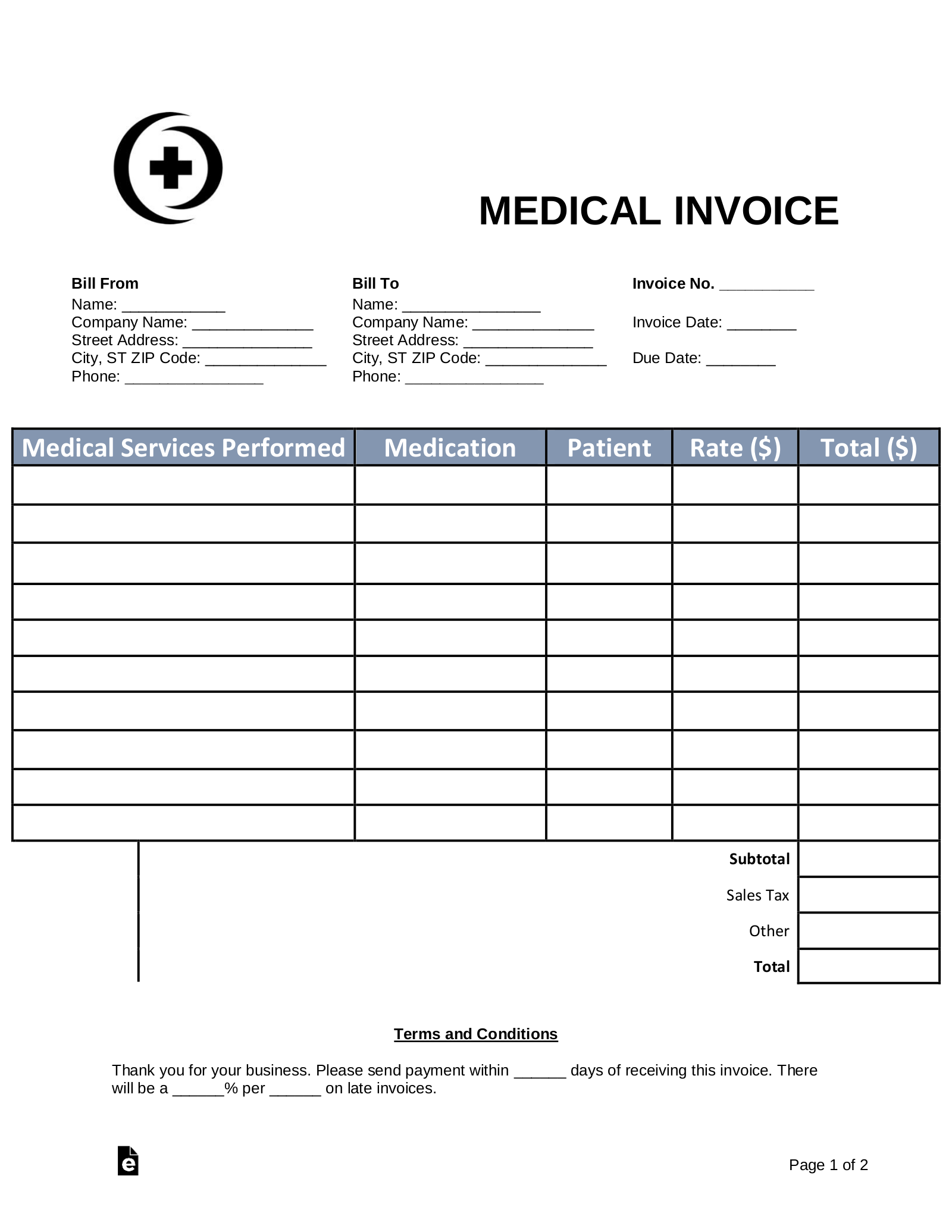
Medical invoices are an essential part of the healthcare system, providing patients with a detailed breakdown of the costs associated with their medical services.
Whether you’ve received a medical invoice before or are curious about how it works, this article will guide you through the intricacies of medical invoicing, helping you understand the various components and processes involved.
What is a Medical Invoice?
A medical invoice is a document that itemizes the costs of medical services provided to a patient. It serves as a billing statement from healthcare providers, outlining the services rendered, the corresponding charges, and any applicable insurance coverage or patient responsibility. Medical invoices are crucial for both patients and healthcare providers, ensuring transparency and facilitating the payment process.
Medical invoices typically include the following information:
- Provider’s information: Name, address, and contact details of the healthcare provider.
- Patient’s information: Name, address, contact details, and insurance information (if applicable).
- Date of service: The specific date or dates when the medical services were provided.
- Description of services: A detailed breakdown of the medical procedures, treatments, or consultations received.
- Cost of services: The individual costs associated with each service provided.
- Insurance coverage: If the patient has insurance, the medical invoice will indicate the coverage provided by the insurance company.
- Patient responsibility: The portion of the bill that the patient is responsible for paying out-of-pocket.
- Total amount due: The sum of the patient’s responsibility and the insurance coverage (if applicable).
- Payment instructions: Information on how and where to make the payment.
How to Read a Medical Invoice
Understanding a medical invoice can be challenging due to its complex nature. However, by breaking it down into sections, you can gain a better understanding of the information it contains. Here are the key sections you’ll typically find in a medical invoice:
1. Provider Information
The top section of the medical invoice will include the name, address, and contact details of the healthcare provider. This information is crucial for identifying the source of the invoice and contacting the provider if necessary.
2. Patient Information
Directly below the provider information, you’ll find the patient’s details, including their name, address, and contact information. If the patient has insurance, the invoice may also include their insurance information.
3. Date of Service
This section specifies the date or dates when the medical services were provided. It is important to review this information to ensure accuracy and match it with your records.
4. Description of Services
One of the most significant sections of a medical invoice is the description of services. It provides a detailed breakdown of the medical procedures, treatments, or consultations received. Each service will be accompanied by a code, which helps identify it and facilitate the billing process.
5. Cost of Services
In this section, you’ll find the individual costs associated with each service provided. The costs may vary depending on the complexity, duration, and equipment involved in the medical procedures. Reviewing this section will give you an idea of the expenses incurred during your treatment.
6. Insurance Coverage
If you have insurance coverage, the medical invoice will indicate the amount covered by your insurance company. It is essential to review this section carefully to ensure that the insurance coverage aligns with your policy and the services received.
7. Patient Responsibility
The patient responsibility section outlines the portion of the bill that you are responsible for paying out-of-pocket. This may include deductibles, co-pays, or services not covered by your insurance policy. It is crucial to review this section and understand your financial obligations.
8. Total Amount Due
The total amount due is the sum of your patient’s responsibility and the insurance coverage (if applicable). It represents the final amount you need to pay for the medical services received. Ensure that the total amount due matches your calculations and contact the provider if you have any discrepancies or questions.
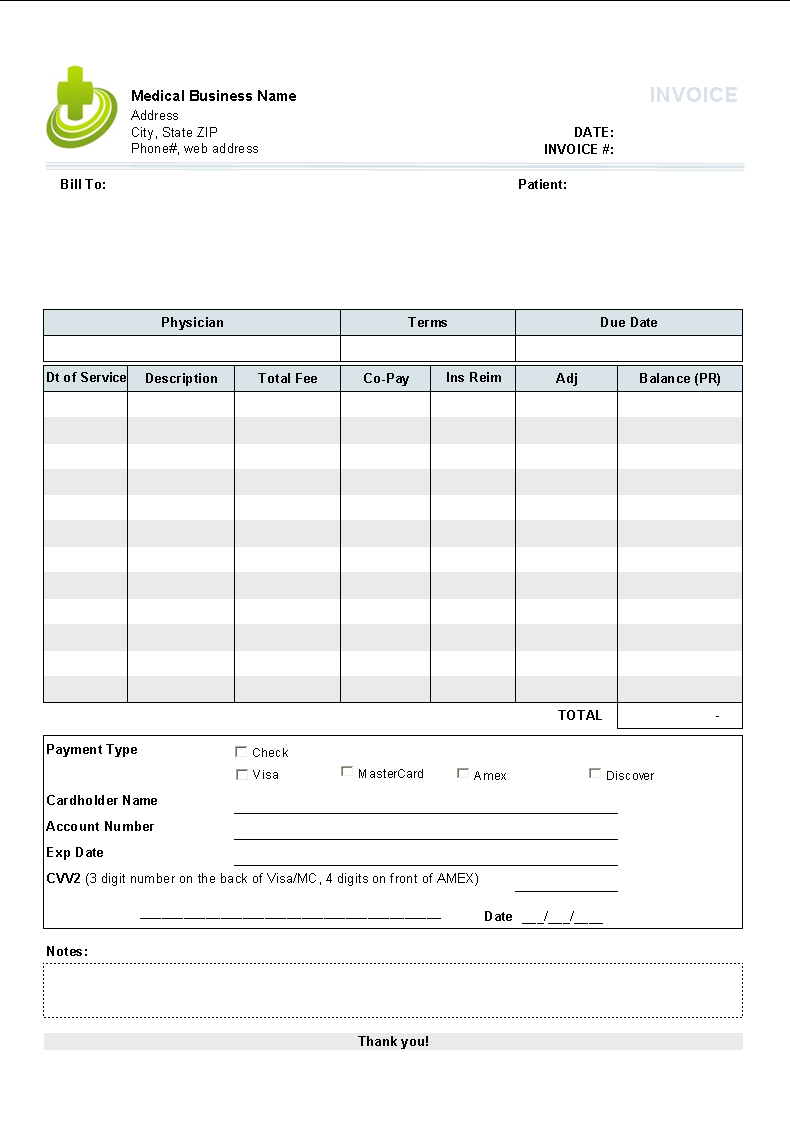
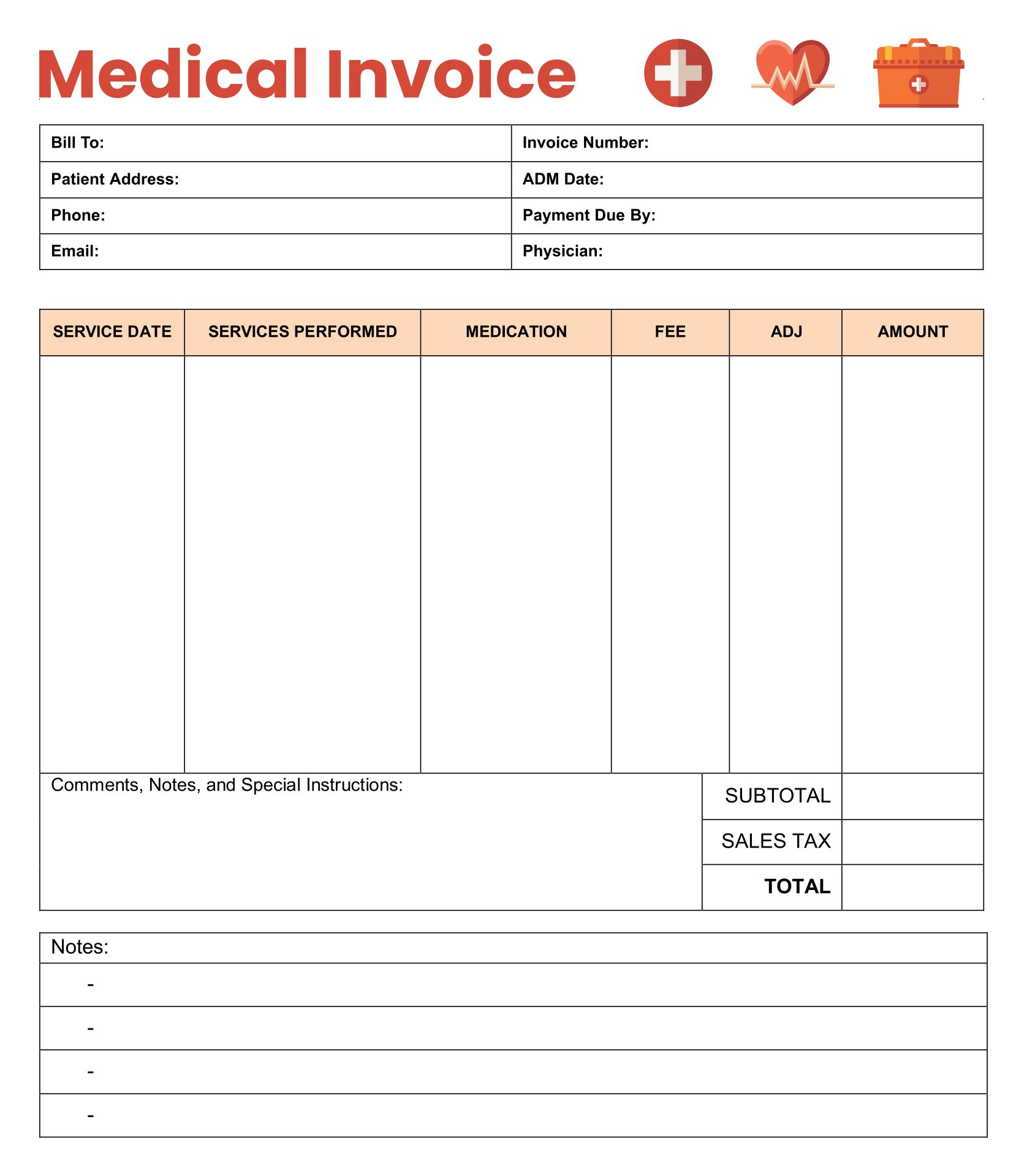
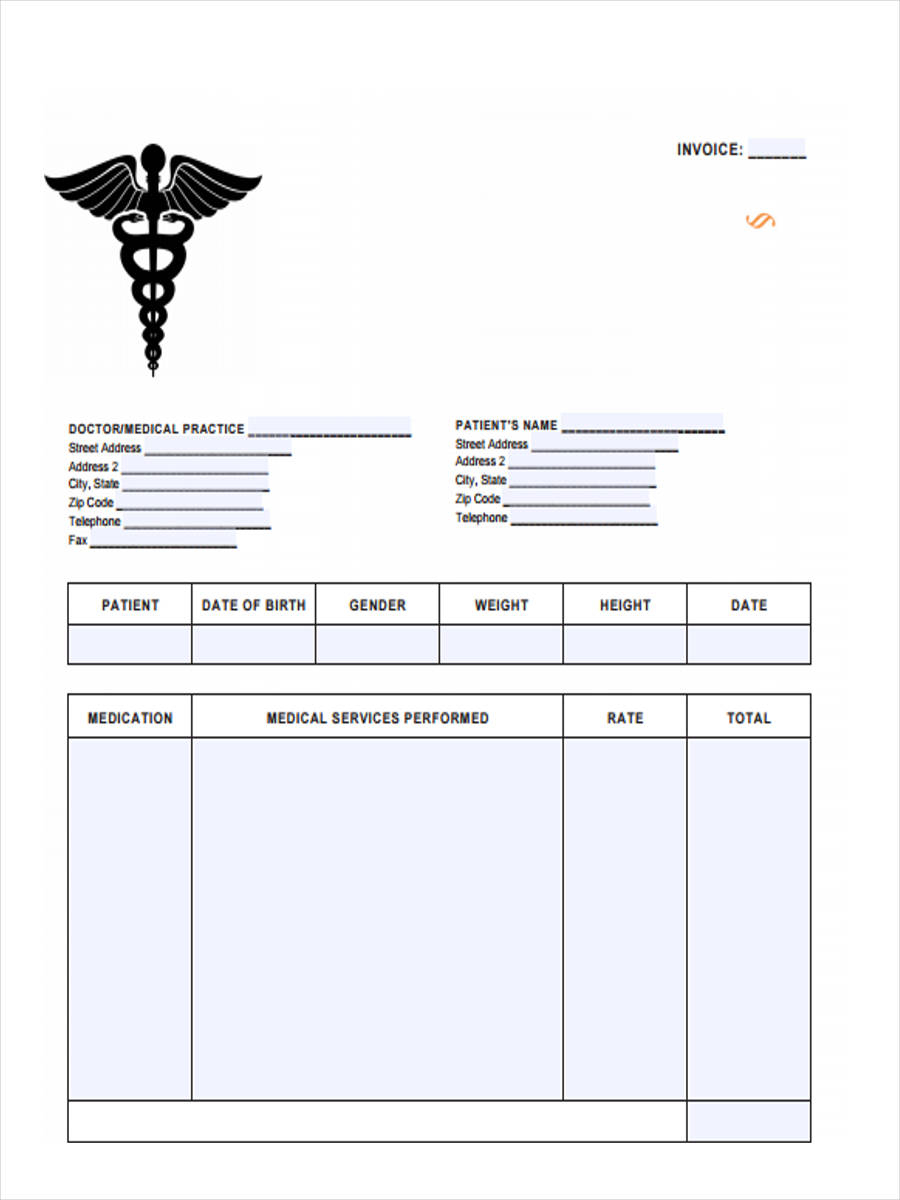
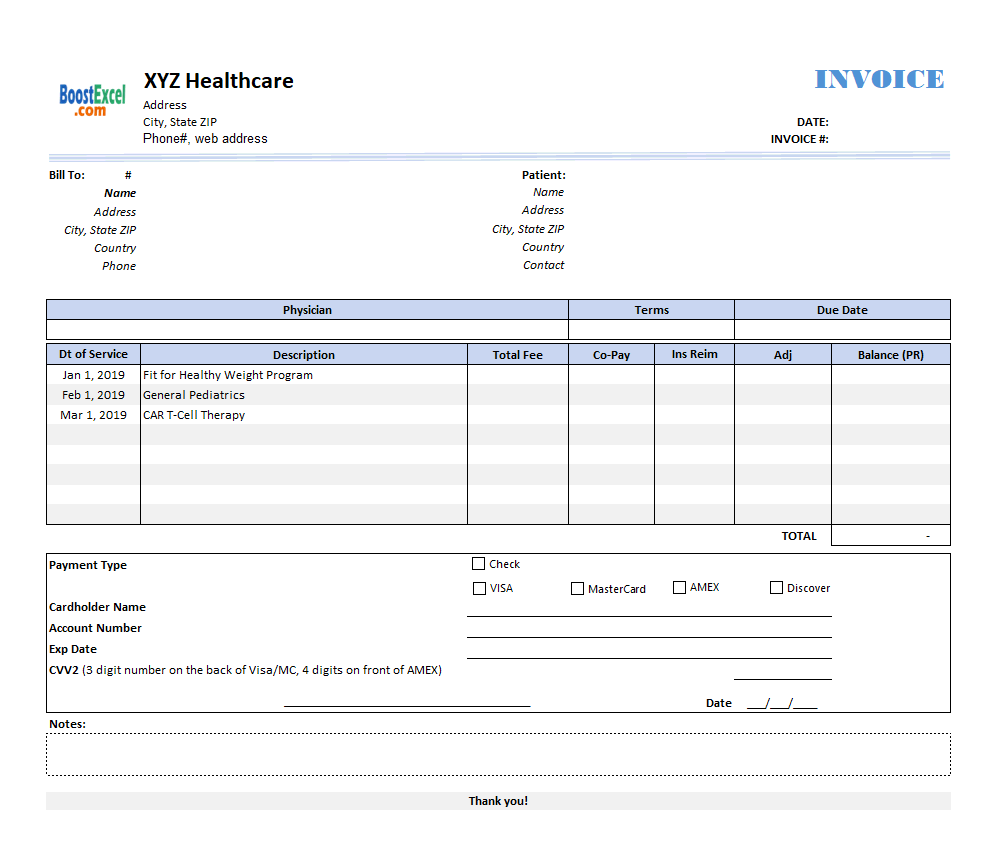
Common Issues with Medical Invoices
While medical invoices aim to provide clarity and transparency, they can sometimes be confusing or contain errors. Here are some common issues patients encounter with medical invoices:
- Inaccurate billing codes: Medical procedures are identified using specific billing codes. If the codes are incorrect or outdated, it can lead to discrepancies in the invoice.
- Duplicate charges: Some medical invoices may include duplicate charges for the same service. Review the invoice carefully to identify any instances of duplicate billing.
- Missing insurance coverage: If you have insurance, ensure that the medical invoice accurately reflects the coverage provided by your insurance company. Missing or incorrect insurance information can result in higher patient responsibility.
- Unrecognized services: It is possible to receive a medical invoice for services you did not receive. If you notice any unfamiliar services listed, contact the healthcare provider to clarify the situation.
- Incorrect patient information: Errors in patient information, such as name or address, can lead to confusion and delays in processing the invoice. Double-check the patient information section to ensure accuracy.
How to Handle Discrepancies in Medical Invoices
If you encounter any issues or discrepancies in your medical invoice, it is important to address them promptly. Here are some steps you can take to handle discrepancies:
- Contact the healthcare provider: Reach out to the healthcare provider or their billing department to discuss the issue. Provide them with specific details and documentation to support your claim.
- Review your insurance policy: If the discrepancy involves insurance coverage, review your insurance policy to ensure that the services should have been covered. Contact your insurance company to clarify any uncertainties.
- Request an itemized statement: If you find it challenging to understand the charges or believe there are errors, request an itemized statement from the healthcare provider. This will provide a more detailed breakdown of the services and associated costs.
- Seek assistance from a patient advocate: If you are having difficulty resolving the issue on your own, consider seeking assistance from a patient advocate. They can help navigate the billing process and work with the healthcare provider on your behalf.
Conclusion
Medical invoices play a vital role in the healthcare system, providing patients with a clear understanding of the costs associated with their medical services. By familiarizing yourself with the various sections of a medical invoice and knowing how to handle discrepancies, you can ensure accurate billing and a smoother payment process. If you ever have questions or concerns about a medical invoice, don’t hesitate to reach out to the healthcare provider for clarification.
Medical Invoice Template Word – Download